Frances Gunn has seen the roll of Tongue Primary School fall through the generations.
“When I was there it was about 60. My daughters went and it was about 30, and today my granddaughter is in nursery and the roll is 22.”
It rose from 16 recently after a hotel company offered both employment and housing to people.
“It proves that if we have the infrastructure folk will move here.”
No homes for locals – or new folk
Frances was born and bred in northwest Sutherland and returned after college 45 years ago.
“I came home to bring up the family here for the environment, freedom and good schooling.
“I would encourage folk to come here for the same reasons. It’s a lifestyle choice.
“But when we moved back, we lived in a council house until we saved up a deposit for a house. There are no houses now.”
Frances, 64, says there are exciting employment prospects in the area with plans for a spaceport, a new care home and several new hospitality businesses.
“Thus, jobs should not be a problem in future. However, there are no homes for the people, local or incomers.
“We desperately need new homes before these employees move elsewhere and we do not see the benefits reflected in our school rolls.
“We need affordable, new housing to replace the old council builds, most of which are now sold off.
“There is also an issue with homes sold at high prices not always affordable for locals.”
She says the area also needs better broadband and childcare to allow parents to work.
These issues and more have been highlighted by the Northwest 2045 group, one of Frances’ many community roles, in its 25-year vision.
The area is renowned for its influx of tourists from the NC500.
But the group foresees a degenerative cycle of depopulation, dwindling jobs, school closures and loss of services.
Northwest will ‘lose its vibrancy’ without action
“Without action, the Northwest Highlands will lose its vibrancy and cultural value”, it says.
“With strategic support, delivery of an inspired vision can help catalyse a regenerative cycle producing a sustainable, repopulated rural economy and contributing to our national economic and environmental wealth that supports resilient, thriving communities.”
Between 2011-2019 the population of Caithness and Sutherland fell by 3.9%. Numbers are predicted to fall by 21.1% in Caithness and 12% in Sutherland by 2041.
NW2045 says high school rolls in Sutherland average 29% of capacity and are forecast to fall to 22% by 2035.
It wants government support to stimulate repopulation to see rolls rise to at least 50%–60% of capacity by 2045.
Its vision calls for:
- Affordable housing
- High-speed broadband access
- Rural hubs to support businesses, homeworking and delivery of services
- The use of local produce
- A new Regional Land Use Partnership to support green economic recovery
- Communities having a greater role in decision-making.
“When we have greater say in the issues that affect us, we can be more effective stewards of our place and our people”.
Ewen McLachlan, from Assynt, says the area has lost three primary schools in the last five years and rolls are falling in five others.
The secondary school at Kinlochbervie is also an “alarm bell” with a capacity for 182 pupils but a current roll of 35.
“The reasons are multifarious. We suffer from a fragile seasonal economy, digital exclusion, a dysfunctional public transport system and a massive shortfall in attainable housing, due to the increase in buy-to-short-term-let properties being priced out of local hands.
“If we lose the secondary school, we lose the fight to save the Northwest as a community. The region will instead be fit only for the well-off retired and their live-in carers.”
Lack of affordable housing is a major issue. A four-bedroom croft house was sold recently, reputedly for £1.2 million.
No housing? No staff
The hospitality sector is suffering staff shortages due to a lack of accommodation for workers.
Ewen says about 1,300 houses were built in the Highlands last year, mostly around Inverness.
In Sutherland, there were 28 houses built, with just six in the northwest, including four holiday homes.
“A thousand houses built in and around Inverness is great, but 1,000 homes built across the 100 or so townships of the Northwest would be utterly transformational to the future of the rural North Highlands and Scotland.”
Assynt Development Trust and Scourie Community Development Company have affordable housing plans to meet current and future demand.
Highland Council has been working with the Communities Housing Trust to identify hotspots and provide solutions.
It also helped create a Regional Land Use Partnership Pilot in Northwest Sutherland to find ways to optimise land use in a fair and inclusive way.
Ewen says childcare is also essential: “I know of families, both parents in full-time work, who have had to leave the area and work in Inverness simply because they have pre-school children and cannot find suitable childcare.”
He says post-Covid there has been an increasing trend for people to move to rural areas to work remotely and improve their quality of life.
“As a result, all houses that haven’t been snapped up by the ‘buy-to-short-term-let’ property speculators have been bought up at prices way beyond local salaries.”
Increasingly, businesses like Highland Coast Hotels are providing accommodation with jobs to attract or retain workers.
The company employs nearly 120 people across Sutherland, with 50 accommodated in houses the firm owns or rents.
‘Simply not enough’ people
Group chairman David Whiteford said: “There is an acute shortage of accommodation locally and we have been lucky to secure the properties we have.
“There are simply not enough people in the area, requiring us to hire from elsewhere which demands the provision of accommodation almost always.”
He said a repopulation zone designation could have an impact: “It could only help.
“We would infinitely prefer to employ locals and if such a zone encouraged more people to move into the area, this would be a huge positive.”
Other key challenges for the area include connectivity, both transport and digital.
Northwest 2045 says 58.8% of households in the area don’t have access to superfast broadband, compared to 3% nationally.
Driving to work is becoming increasingly unaffordable for many due to rising fuel costs, says Ewen McLachlan.
“There is no public transport between Lochinver and Durness, apart from six weeks of the summer, and it’s impossible for visitors to eco-tour the NC500 on public transport.”
He said Ullapool and Tongue are bracketed in the same travel to work area, but it would take one day and 17 hours, or the ‘express’ route of 23 hours and four minutes by public transport, via Inverness.
Eann Sinclair, Highlands and Islands Enterprise’s area manager, says the northwest differs from Caithness where efforts are continuing to counter depopulation linked to the rundown of Dounreay.
He says the area needs to find reasons for people to move back.
“One of those reasons is the economic opportunity coming from the spaceport. We can use that spur to encourage the debate on housing and broadband which can help trigger further economic investment.”
He says with other, tourism-related plans for the area, it can boost confidence of growth.
Job creation is a challenge
“The challenge is job creation, getting business on the ground. You do not get that unless you have housing, adequate broadband and other infrastructure issues.
“Where we have seen success in the past is when we have been able to bring economic opportunities to an area and use that as a lever.”
Eann says individuals moving to the area during the pandemic to work remotely is “a good start” and can make the difference to a school staying open or not.
It may also encourage small-scale re-locations of government or other public sector bodies.
“The playing field is more level than it has been. The challenge is how we use that to our advantage.
“We’ve been suggesting for 20 years or more that the north of Scotland has massive work-life benefits for home workers. It’s only in the last 18 months people have been doing that.
“But half a dozen jobs relocating in Scourie is the equivalent of 50-100 in Inverness and would be worth their weight in gold.”
Will the depopulation issue ever go away? “We have to work on the basis that we are always trying to meet that challenge.
“But we are all on the same page at the same time at the moment.
“In my 30 years’ experience doing this it’s that’s not always been the case.”
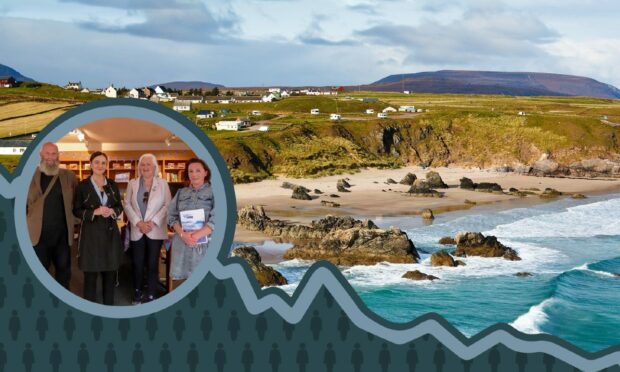
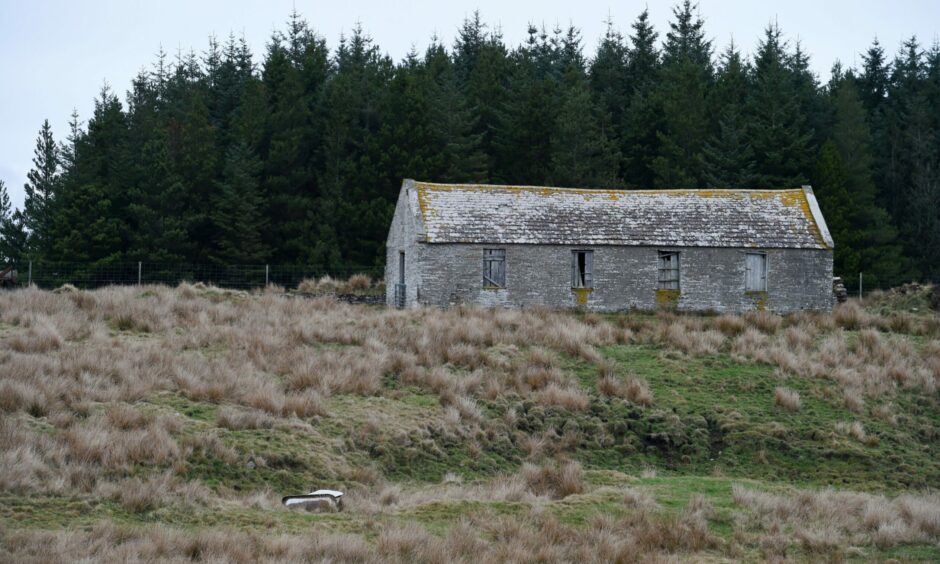
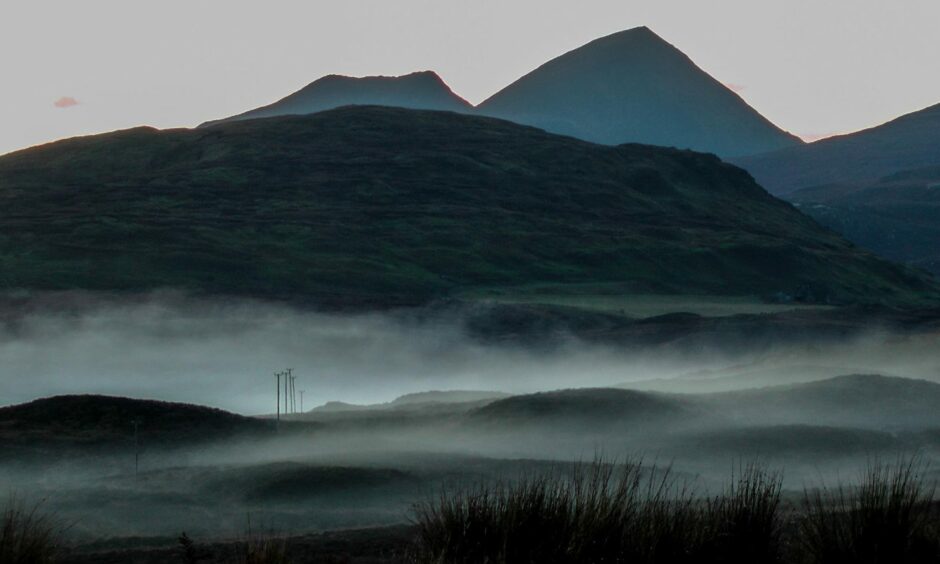
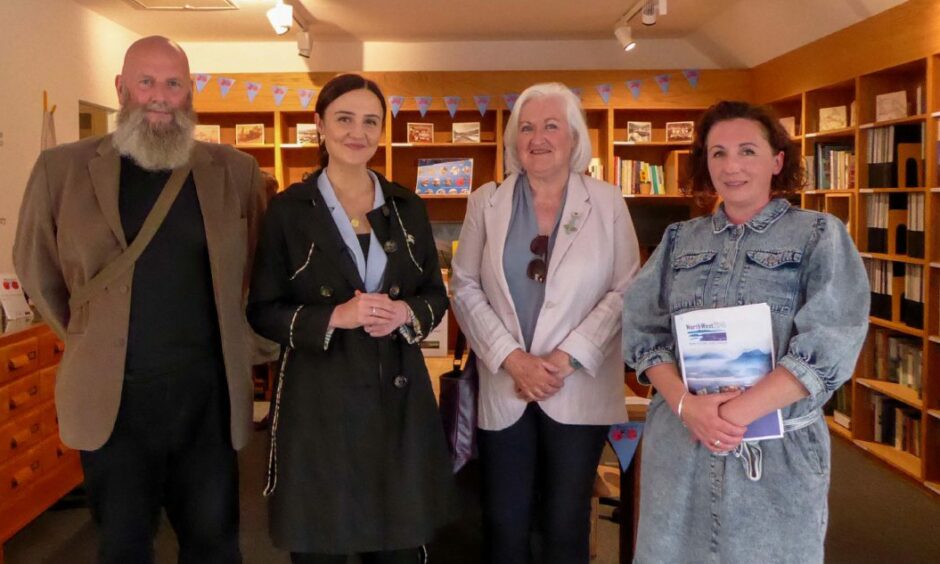
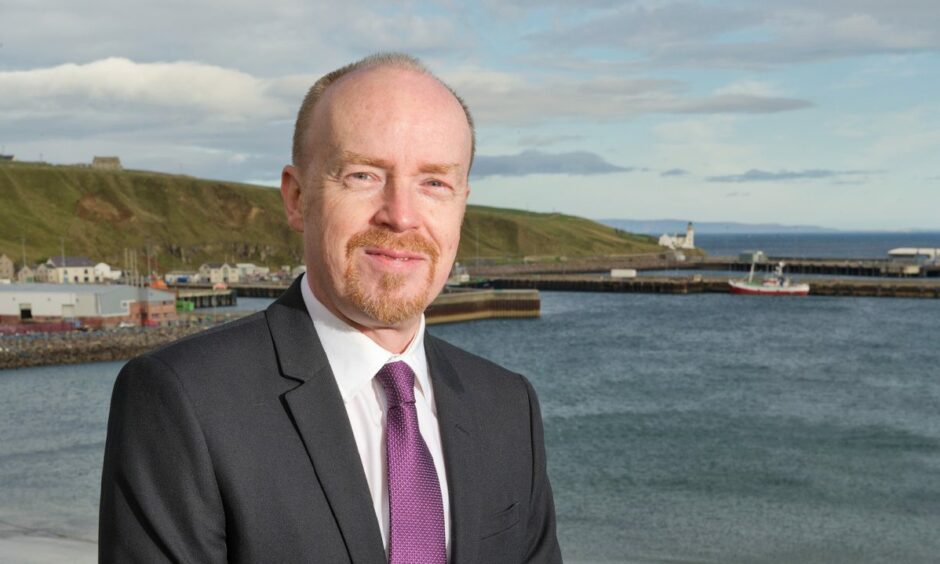
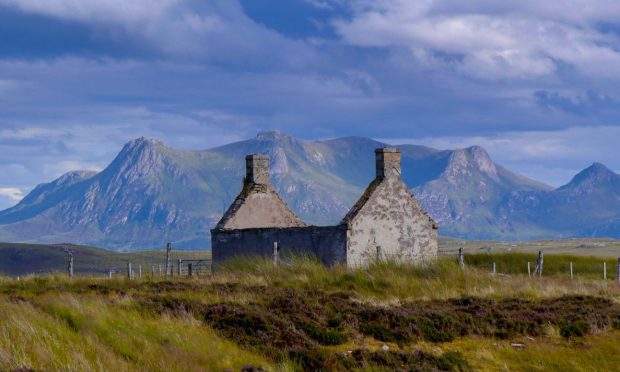
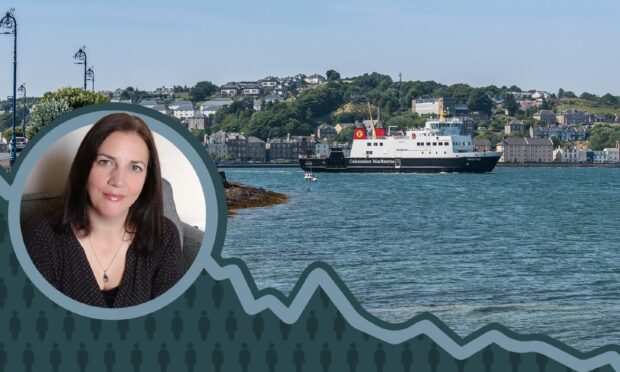
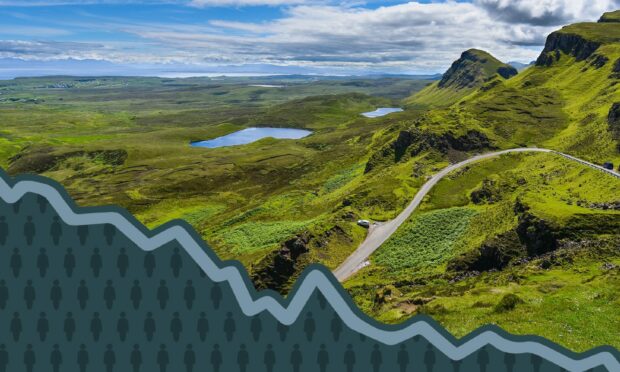
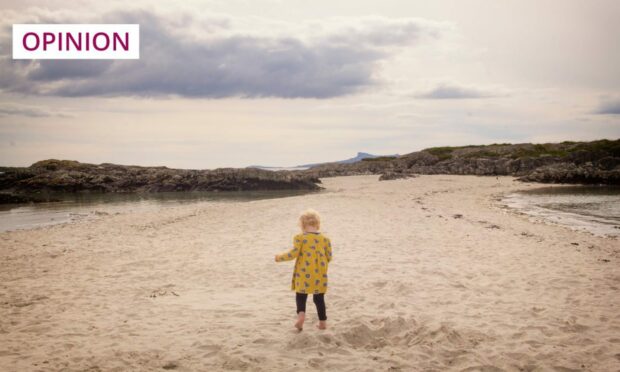
Conversation